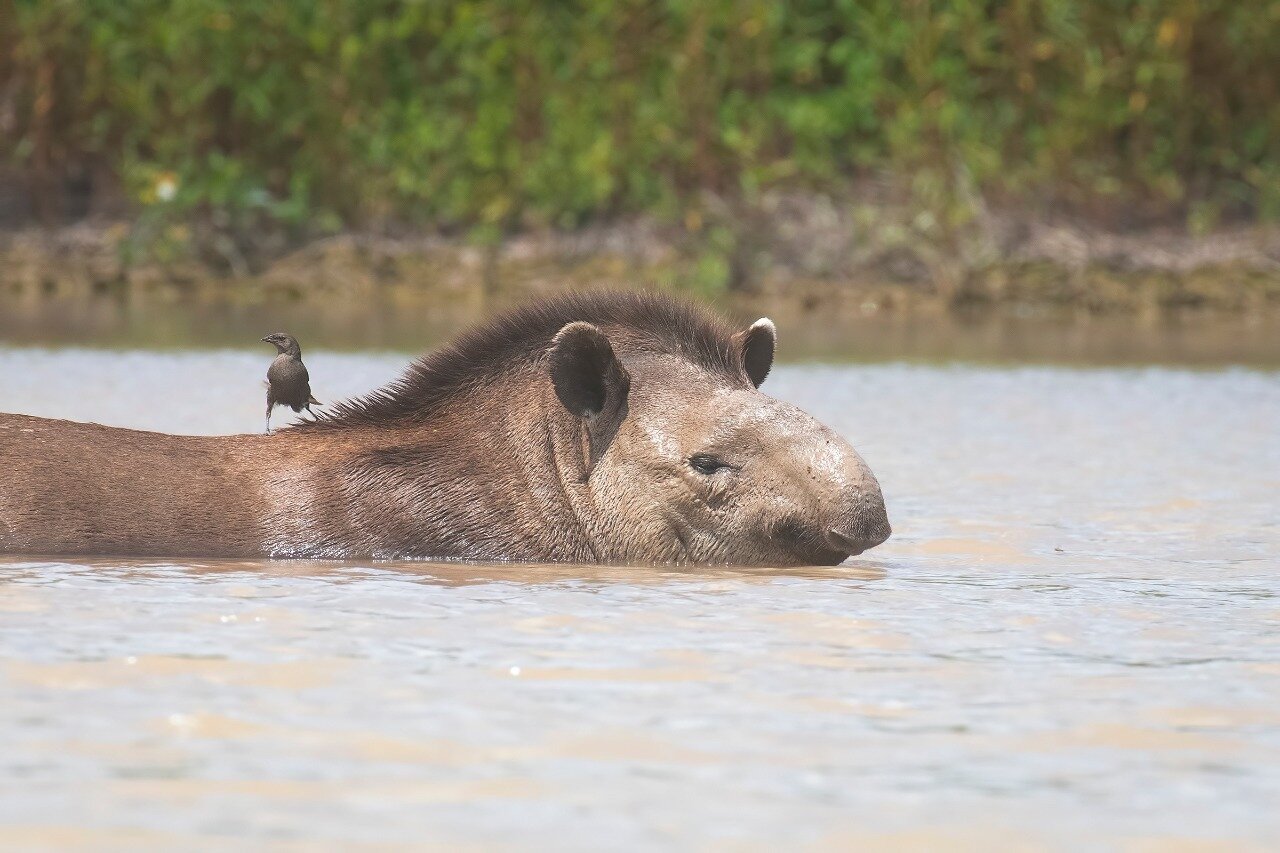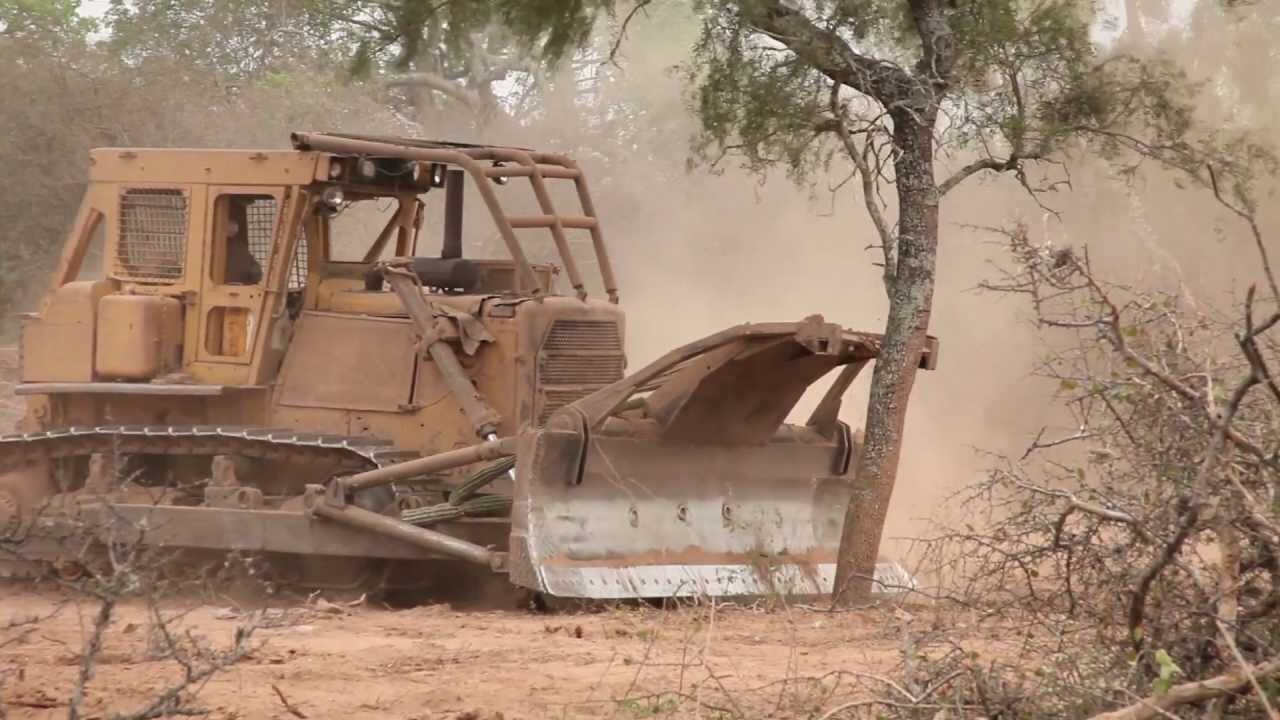Destructive Logging Threatens Argentine National Park. Local Government Needs to Act Now.
Impenetrable National Park, Argentina | Photo credit: @GerardoCeron
The Spanish version of this news post is available HERE
When Argentina’s Impenetrable National Park was created in 2014, it promised to safeguard a key piece of one of the most threatened and biodiverse regions on the planet – the Gran Chaco. It’s a promise that has been delivered on, with wildlife once again thriving inside Impenetrable National Park’s borders, including the long extirpated jaguar.
But the story of the park’s great success is also a complicated one, spotlighting how protected areas successfully conserve wildlife and wild places – while also providing a cautionary tale about what goes wrong when an adjacent local government fails to protect an equally deserving place. In Impentrable’s situation, the success of the park lies in stark contrast to the ecologically critical lands directly adjacent to the park – in the neighboring Formosa Province – always intended for permanent protection, which have come under intense pressure from inappropriate logging operations.
Impenetrable National Park, Argentina
This issue dates back to the origins of Impenetrable National Park when, in 2011, a criminal enterprise perpetrated the gruesome murder of Manuel Roseo, the owner of a piece of land straddling the Bermejo River in northern Argentina. Roseo, whose property lay half in Chaco Province and half in Formosa Province, had plans to establish a farm, but never had the money to fulfill his dream. After his murder, the Province of Chaco worked with the Argentine federal government to designate the portion of Roseo’s property within its borders as the Impenetrable National Park.
The 316,000 acre park lies in the heart of the Gran Chaco – a dry landscape known for having extraordinary biodiversity that had, until recently, covered much of northern Argentina, eastern Paraguay, and southern Bolivia. Originally, park advocates had hoped that the park would encompass the entirety of the Roseo property, but Argentine law required a “jurisdiction waiver” from both Chaco and Formosa Provinces to move forward with the park’s creation. Chaco Province quickly passed the jurisdiction waiver paving the way for the creation of Impenetrable; Formosa opted against protections.
The end result is that only half of Roseo’s property – the half lying within Chaco Province – is receiving the full force protections of the Argentine Parks Administration, while the portion in Formosa Province remains under-protected.
The contrast between the two portions of Mr. Roseo’s former property is stark. Impenetrable is again teeming with wildlife, from herons and jabirus to tapirs, monkeys, puma, maned wolves, and foxes; whereas just across the Bermejo River in Formosa Province, criminal actors are poaching threatened wildlife, and most recently, a timber company began bulldozing, and cutting old growth forests, potentially in violation of national law intended to protect old growth forests.
Destructive Logging on the Formosa Province Side of the Bermejo River
Hernán Giardini, an advocate for permanently protecting the entirety of Impenetrable National Park, explains the current situation:
Despite the quarantine [because of the COVID-19 pandemic], the clearing does not stop. It is worrying that the bulldozers move with impunity on a farm that should be a National Park. It is unusual for the government of Formosa, instead of protecting this wonderful place, to allow its destruction.”
The larger Gran Chaco region is one of the most deforested areas on the planet and 80% the ecosystem has already been deforested within Argentina as farmers clear more land to graze cows and grow soy. The actions by government officials in Formosa Province are only perpetuating this emergency.
Thankfully, Formosa still has an opportunity to do what’s right, to pass a jurisdiction waiver and encourage the federal government to expand Impenetrable National Park to permanently protect these amazing natural resources. It is not too late, but time is slipping away.



![PHOTO-2020-04-13-11-14-21[1].jpg](https://images.squarespace-cdn.com/content/v1/5bbe12b6e5f7d12a614c4a2d/1586804541788-2GNSFSNDEK5JAZBKM055/PHOTO-2020-04-13-11-14-21%5B1%5D.jpg)
![PHOTO-2020-04-13-11-14-20[2].jpg](https://images.squarespace-cdn.com/content/v1/5bbe12b6e5f7d12a614c4a2d/1586804545185-V9QIOO55VAGSWRNTJIZA/PHOTO-2020-04-13-11-14-20%5B2%5D.jpg)
![PHOTO-2020-04-13-11-14-20[1].jpg](https://images.squarespace-cdn.com/content/v1/5bbe12b6e5f7d12a614c4a2d/1586804549846-Z3KJ2ST97MPH148ODF36/PHOTO-2020-04-13-11-14-20%5B1%5D.jpg)
